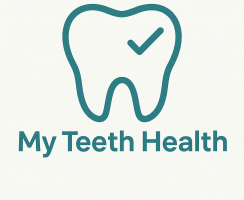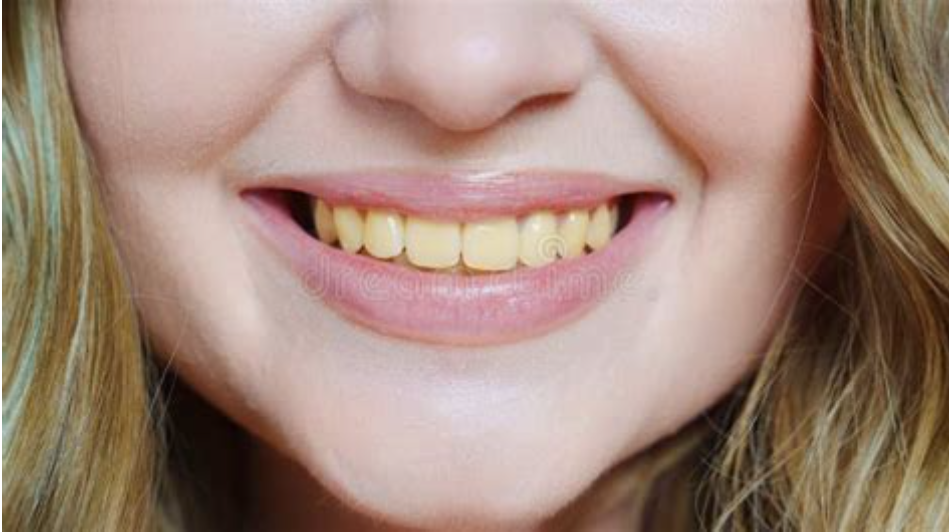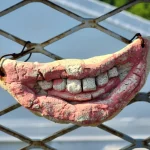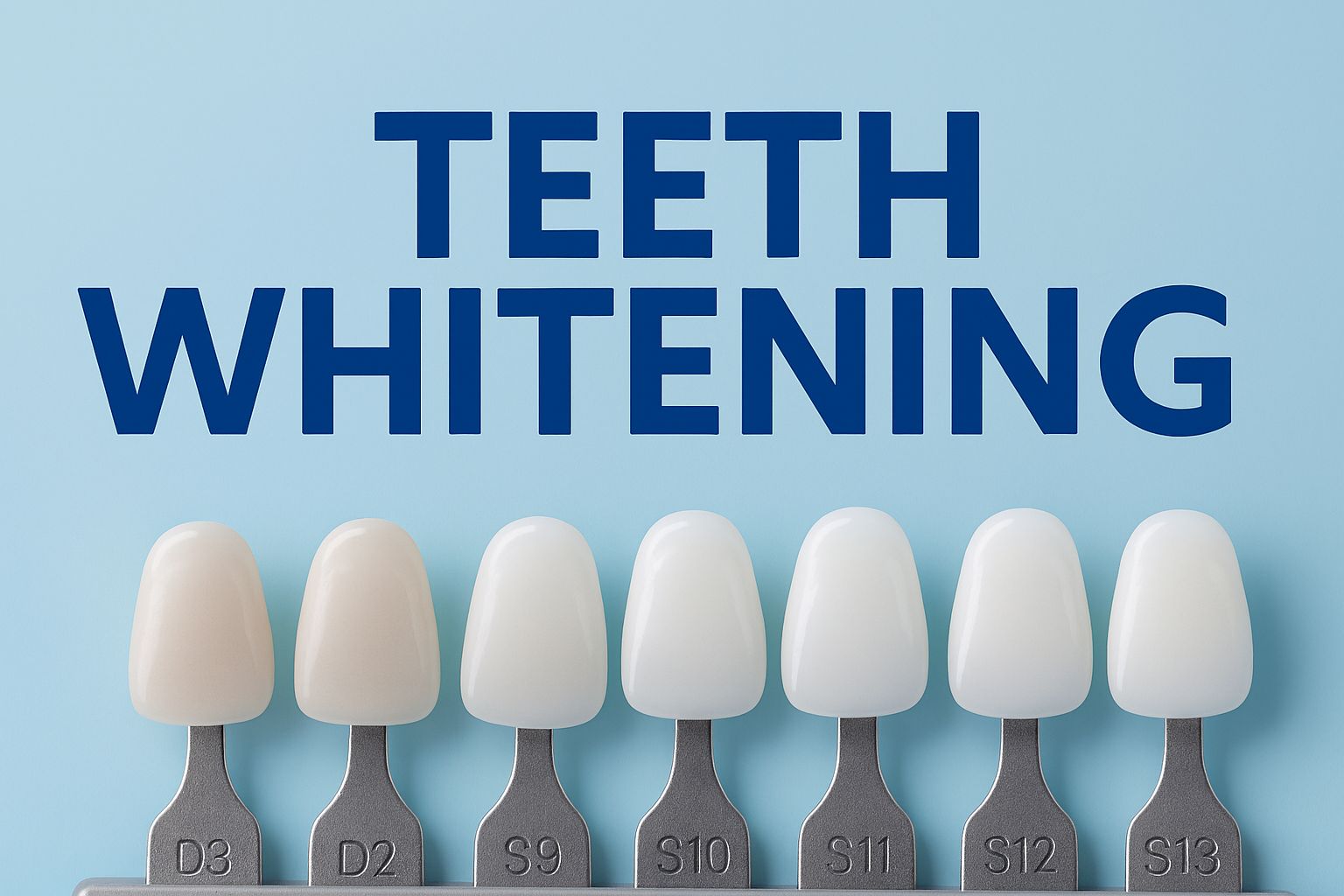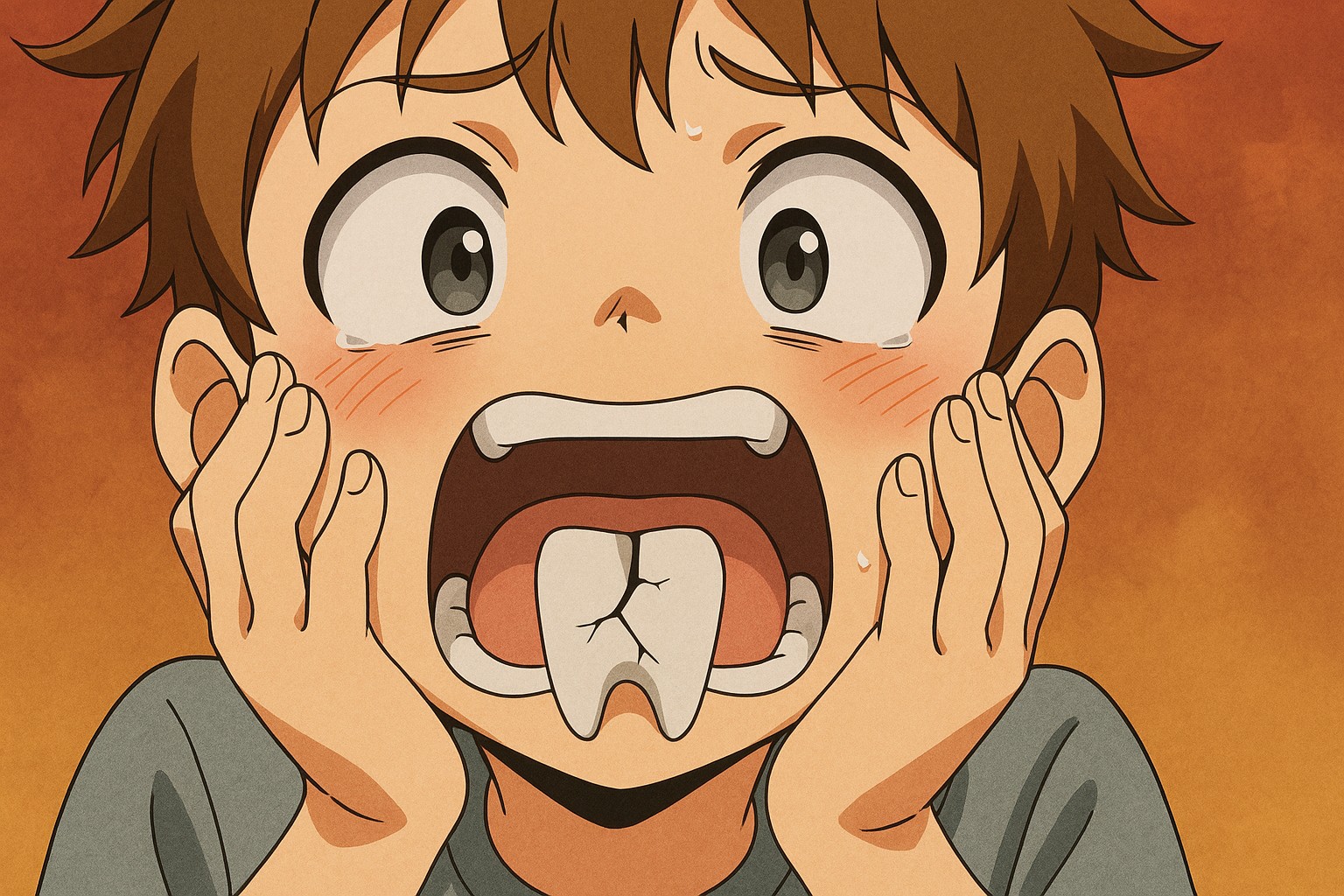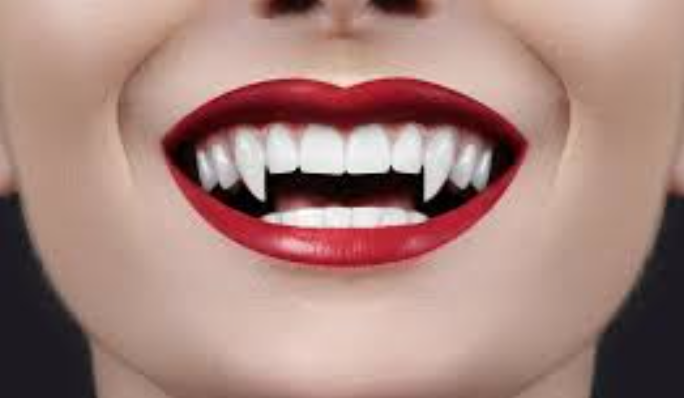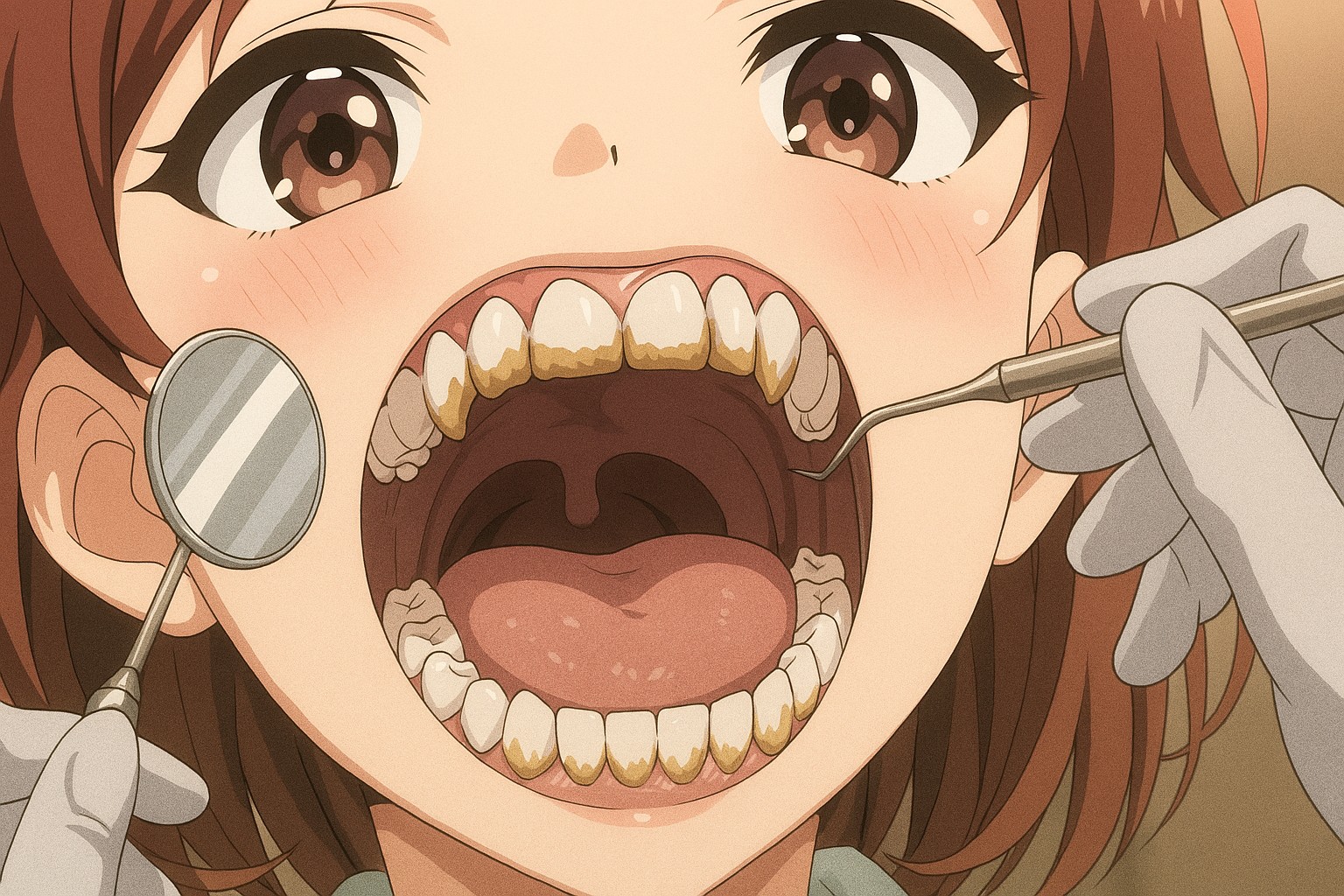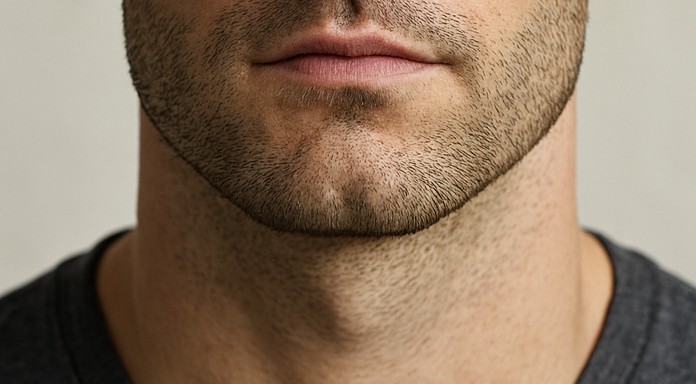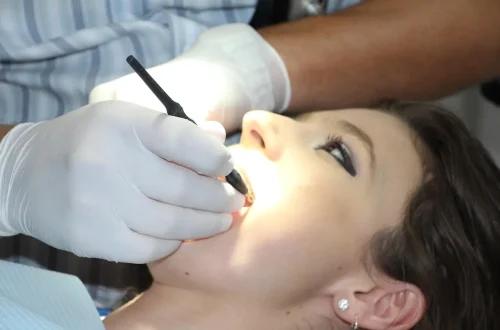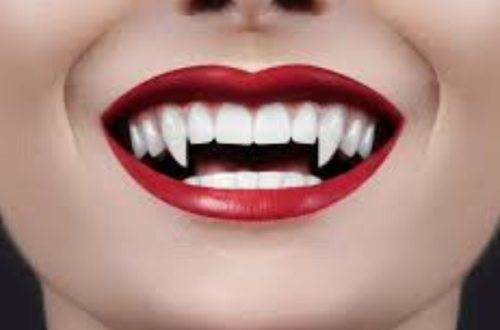Yellow teeth are a common concern for many people around the world. They can affect not only how your smile looks but also your self-esteem and how others view your health. Many individuals notice their teeth becoming yellow even after practicing good oral hygiene, which raises questions about and how to fix it.
This guide will explore the reasons behind yellow teeth, effective treatment options, and lifestyle changes that can help keep your smile bright and healthy in the long run.
Common Causes of Yellow Teeth
Dietary Factors
Foods and beverages are significant contributors to yellow teeth. Drinks like coffee, black tea, red wine, and cola contain chromogens, which are pigmented compounds that adhere to enamel. Over time, repeated exposure leads to surface staining. Highly pigmented foods such as berries, tomato sauce, and soy sauce can also accumulate on teeth.
Smoking and Tobacco Use
Tobacco products, including cigarettes, cigars, and smokeless tobacco, contain nicotine and tar that penetrate enamel and cause stubborn yellow stains on teeth. Even after thorough brushing, these stains may persist without professional intervention.
Additionally, smoking reduces saliva flow, which naturally helps protect teeth and wash away food particles. Reduced saliva can result in more rapid accumulation of plaque and tartar, further contributing to yellowing.
Poor Oral Hygiene
Failing to brush and floss regularly leads to the accumulation of plaque, which eventually mineralises into tartar. Tartar has a yellow or brown hue and adheres firmly to teeth, making it harder to remove. In Singapore, where tap water contains fluoride, regular brushing with fluoride toothpaste helps protect against enamel erosion. However, neglecting oral hygiene allows stains to build up and enamel to weaken, making teeth appear more yellow over time.
Aging and Enamel Erosion
As we age, enamel naturally wears down due to constant chewing, acidic foods, and beverages. Thinner enamel exposes the yellow dentin underneath. This process explains why even individuals who maintain excellent oral hygiene can develop yellow teeth over time.
Genetics and Natural Enamel Thickness
Some people inherit naturally thinner enamel or darker underlying dentin, resulting in teeth that appear yellow from the outset. This genetic predisposition can influence how effective whitening treatments will be and may require cosmetic interventions for noticeable improvement.
Medications or Medical Conditions
Certain medications can affect tooth colour. For example, long-term use of tetracycline antibiotics during tooth development can cause intrinsic staining. Medical conditions such as jaundice, celiac disease, or excessive exposure to stomach acids can also lead to discolouration. If you notice sudden yellowing alongside other symptoms like pain or sensitivity, seek advice from a dental professional.
What Kinds of Yellow Teeth Do You Have?
Surface (Extrinsic) Stains
Extrinsic stains appear on the surface of the enamel and are often caused by foods, drinks, or smoking. These stains are generally reversible with proper oral hygiene, professional cleaning, or whitening treatments. For example, a coffee enthusiast might notice gradual yellowing around the edges of their teeth.
Deep (Intrinsic) Stains
Intrinsic stains develop inside the tooth and are caused by factors such as trauma, aging, or medication use. These stains cannot be removed by brushing alone and typically require professional treatment like veneers or in-office bleaching.
Are Yellow Teeth a Sign of Poor Health?
It’s important to understand that yellow teeth aren’t always unhealthy. In fact, the natural colour of healthy tooth enamel isn’t pure white — it often has a slightly yellow or off-white hue. The underlying layer of your teeth, called dentin, has a yellowish tone that can show through the enamel, especially as enamel wears down with age. Cosmetic discolouration does not necessarily indicate dental problems, and in most cases, teeth remain structurally sound and free from decay.
When Yellow Teeth Are Normal
-
Genetics – Some people are simply born with slightly yellower teeth due to thicker dentin or thinner enamel.
-
Natural Ageing – Over time, enamel becomes thinner, revealing more of the dentin beneath.
-
Dietary Staining – Mild surface stains from coffee, tea, or certain foods can be harmless if regularly cleaned by brushing and dental visits.
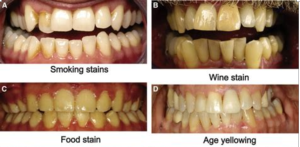
When Yellow Teeth Might Indicate a Problem
If the yellowing is accompanied by bad breath, tooth sensitivity, or visible plaque buildup, it might signal:
-
Enamel erosion
-
Tartar or plaque accumulation
-
Smoking-related stains
-
Poor oral hygiene
In these cases, it’s best to consult a dentist for a professional cleaning or whitening advice.
Diseases and Illness That Cause Yellow Teeth
Some yellow teeth can signal underlying health issues. Yellow teeth that hurt, are sensitive, or show decay may signal problems. These can include too much exposure to stomach acids from vomiting or reflux. Other causes may be jaundice, damaged enamel, thyroid issues, lupus, or chronic dry mouth.
Understanding the difference between purely cosmetic discolouration and health-related yellowing is essential. Regular dental check-ups in Singapore help identify problems early and prevent long-term damage.
How to Avoid Yellow Teeth
Professional Teeth Whitening and Restorative Options
For persistent yellow teeth, professional treatments and restorative methods are often the most effective. Options include:
- In-office bleaching: Dentists apply high-concentration bleaching agents for rapid results. Suitable for extrinsic stains.
- Laser whitening: Enhances bleaching effects and provides uniform colour across teeth.
- Resin (Composite) Bonding: A thin layer of safe polymer resin is applied to the surface of the tooth to help mask any discolouration. This procedure has some advantages, including minimal removal of natural enamel and its simplicity. However, it does have limitations, as it may not effectively mask moderate to severe discolouration.
- Veneers: Thin porcelain veneers are designed to be bonded to the front of teeth. These veneers can be as thin as 0.3 mm and offer several advantages, including excellent aesthetic results and the ability to effectively mask stains on teeth. However, there are some limitations to consider: they tend to be more expensive than other options, and the procedure for application is slightly more complex.
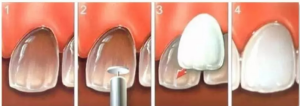
- Full Crowns: A custom-made porcelain crown entirely covers the tooth. This option offers several advantages, including high aesthetic quality and added protection for weakened teeth, making it a common choice following root canal therapy. However, one limitation is that the procedure requires the removal of a significant amount of the natural tooth structure.
At-Home Whitening Treatments
Home whitening treatments are convenient for mild to moderate yellow teeth and can be combined for enhanced results. Here are additional options and tips:
- Whitening strips: Thin, flexible strips coated with peroxide gel. Easy to apply and effective over 1–2 weeks. Best results when used consistently as directed.
- Whitening toothpaste: Contains mild abrasives or low-concentration peroxide to gradually remove surface stains. Ideal for daily maintenance.
- LED whitening kits: Combine peroxide-based gels with LED light to accelerate the whitening process. Usually requires 10–20 minutes per session.
- Activated charcoal powders: Can help absorb surface stains, but should be used sparingly to avoid enamel abrasion.
- Baking soda brushing: Mildly abrasive and can remove light surface stains. Best used occasionally and combined with regular fluoride toothpaste.
- Oil pulling: Swishing coconut or sesame oil in the mouth for 10–15 minutes may help reduce surface plaque and staining. Evidence is limited, but some users find it beneficial.
Lifestyle Changes to Prevent Yellow Teeth
Foods and Drinks to Limit
Limit consumption of coffee, tea, red wine, soda, and dark sauces to reduce staining. Rinsing your mouth with water after meals or beverages helps remove pigment before it bonds to enamel.
How to Brush and Floss for Stain Prevention
Brush at least twice a day using a soft-bristled toothbrush and fluoride toothpaste. Floss daily to remove plaque between teeth. Correct brushing angles (45° to the gum line) ensure effective cleaning. In Singapore, dentists often recommend electric toothbrushes for enhanced stain removal.
Quit Smoking Strategies
Gradual reduction of tobacco use, nicotine replacement therapies, or joining cessation programmes can prevent staining and improve overall oral health.
Regular Dental Cleanings
Professional cleanings every six months remove tartar and surface stains that brushing alone cannot eliminate. Your dentist can also assess enamel health and recommend personalised whitening solutions.
How Long Does It Take to Whiten Yellow Teeth?
The duration of whitening depends on the type of stain and chosen treatment method. Surface stains may improve within days to weeks using whitening toothpaste or strips, while intrinsic stains can take several weeks of in-office treatments or require veneers.
| Type of Stain | Expected Whitening Duration | Recommended Treatment | Additional Notes |
|---|---|---|---|
| Extrinsic | 1–4 weeks | Whitening toothpaste, strips | Requires consistent oral hygiene |
| Intrinsic | 4–12 weeks | Professional bleaching, veneers | May need multiple sessions |
Frequently Asked Questions About Yellow Teeth
1. Do braces make your teeth yellow?
Braces themselves do not alter the natural colour of teeth. However, plaque and food can accumulate around brackets, causing yellow teeth if oral hygiene is insufficient. Regular brushing, flossing, and orthodontic check-ups prevent discolouration.
2. Does drinking tea make your teeth yellow permanently?
Tea contains tannins which create surface stains. Occasional stains can be removed with proper oral hygiene or professional cleaning. Persistent staining over time may require in-office whitening or cosmetic treatments.
3.Does diet affect how fast teeth become yellow?
Yes. Frequent consumption of staining beverages like coffee, tea, and cola accelerates enamel staining. Foods high in pigments, such as soy sauce or berries, also contribute. Limiting these and practising proper hygiene slows yellowing.
4. Is it safe to use natural remedies like baking soda for teeth whitening?
Baking soda can lighten surface stains when used sparingly. Overuse or aggressive scrubbing may damage enamel. Use 1–2 times per week alongside fluoride toothpaste to minimise risks.
5. How often should I see a dentist when my teeth are yellowing?
Professional dental visits every six months in Singapore help prevent tartar buildup and manage yellow teeth. Dentists can provide personalised advice and intervene early if discolouration worsens.
References
- Dentaly.org – Yellow Teeth: Causes, Treatments and Stain Removal
- Cleveland Clinic – Tooth Erosion: Stages, Causes & Treatment
- Green Pond Dental – Professional Teeth Whitening vs. At-Home Kits: Pros & Cons
- Oral-B – Enamel Erosion: Causes, Symptoms, Treatments
- Verywell Health – 10 Surprising Things That Make Your Teeth Yellow
- Penn Pacific Dental Center
